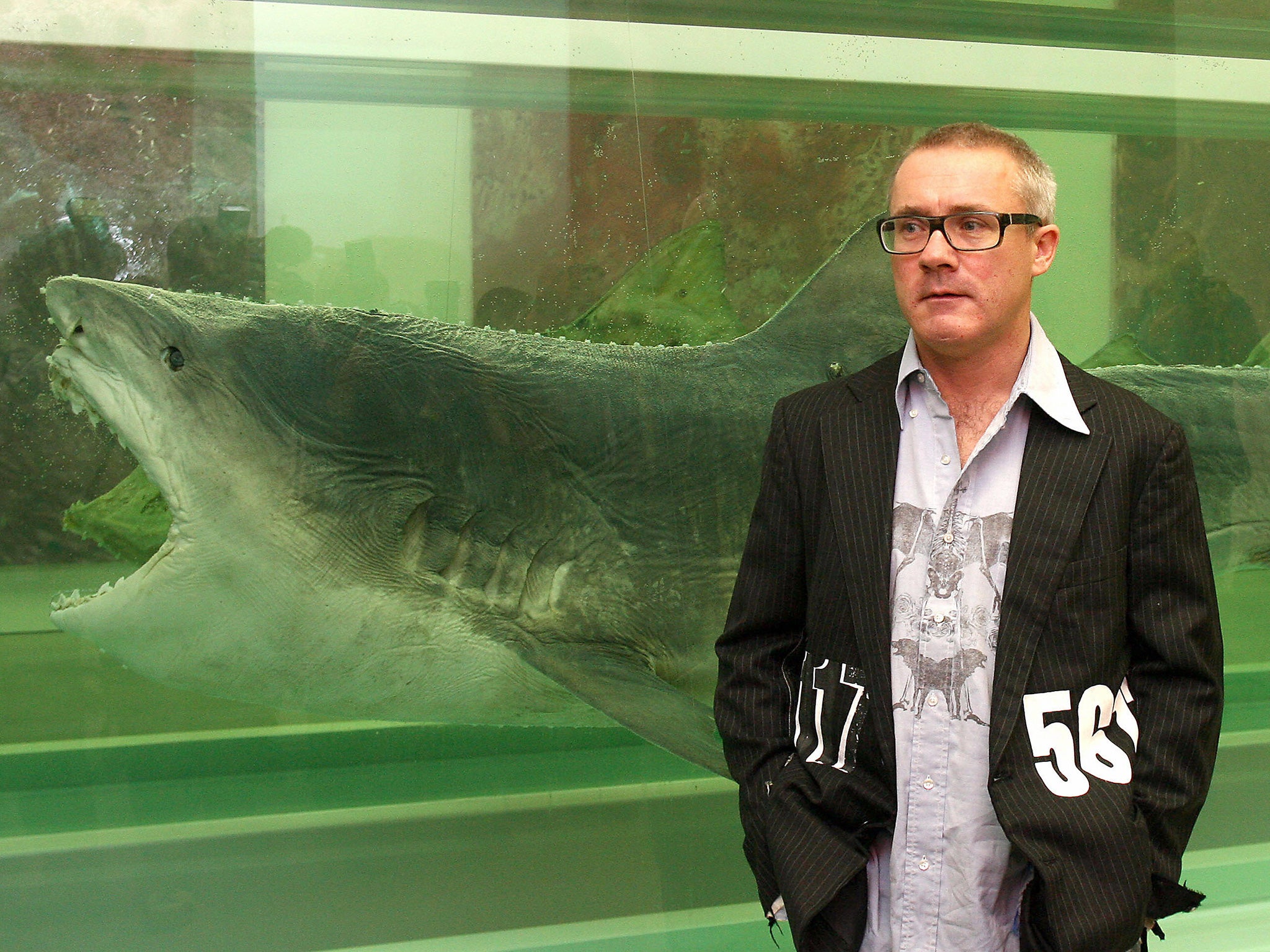Formaldehyde: Use of carcinogenic chemical to embalm bodies puts funeral directors at greater risk of motor neurone disease, study claims
Researchers say funeral directors are three times more likely to die from MND

Thousands of funeral directors across Britain are at increased risk of falling fatally ill due to the toxic effects of formaldehyde used to embalm bodies, according to a new study.
The chemical, a known carcinogen, is linked to cases of amyotrophic lateral sclerosis (ALS), commonly known as motor neurone disease (MND), in research published in the Journal of Neurology Neurosurgery & Psychiatry.
Funeral directors are three times more likely to die from the incurable brain disease, which leads to paralysis and is fatal, say researchers. Formaldehyde interferes with proteins in the brain, increases “mitochondrial membrane permeability and causes oxidative damage,” they state.
The team of experts, from Harvard Medical School, US Census Bureau, Harvard School of Public Health, and Massachusetts General Hospital, Boston, analysed data from the US National Longitudinal Mortality Study.

They found that men in jobs with “high probability of exposure versus no formaldehyde exposure had almost three times greater rate of ALS mortality...All men with high-probability, high-intensity exposure were funeral directors.” Researchers did not find an increased risk in women, partly because of a small sample of less than 100 in such jobs and also because female undertakers are less likely to embalm bodies.
“Our results should be interpreted cautiously. Jobs involving both high probability and high intensity of formaldehyde are relatively uncommon in the USA, and ALS is also rare; there were only two ALS deaths among men in such jobs,” says the paper. Further study of the link between the disease and exposure of undertakers to formaldehyde is warranted, it concludes.
Responding to the findings, Dr Belinda Cupid, head of research, the Motor Neurone Disease Association, said: “This is the first time that formaldehyde has been identified as a possible cause of MND and further study is required to confirm the results published today.”
And Dr Hilary Jones, ambassador for the National Federation of Funeral Directors, said: “This observational study does not prove any causal link between formaldehyde and ALS. Whilst high probability of exposure seemed to increase the risk the numbers involved are too small to reach any significant conclusion.” But he added: “In view of experimental research linking formaldehyde with nerve damage further work should be conducted on a larger scale to probe further into whether this could be an occupational hazard or not.”
Join our commenting forum
Join thought-provoking conversations, follow other Independent readers and see their replies
Comments